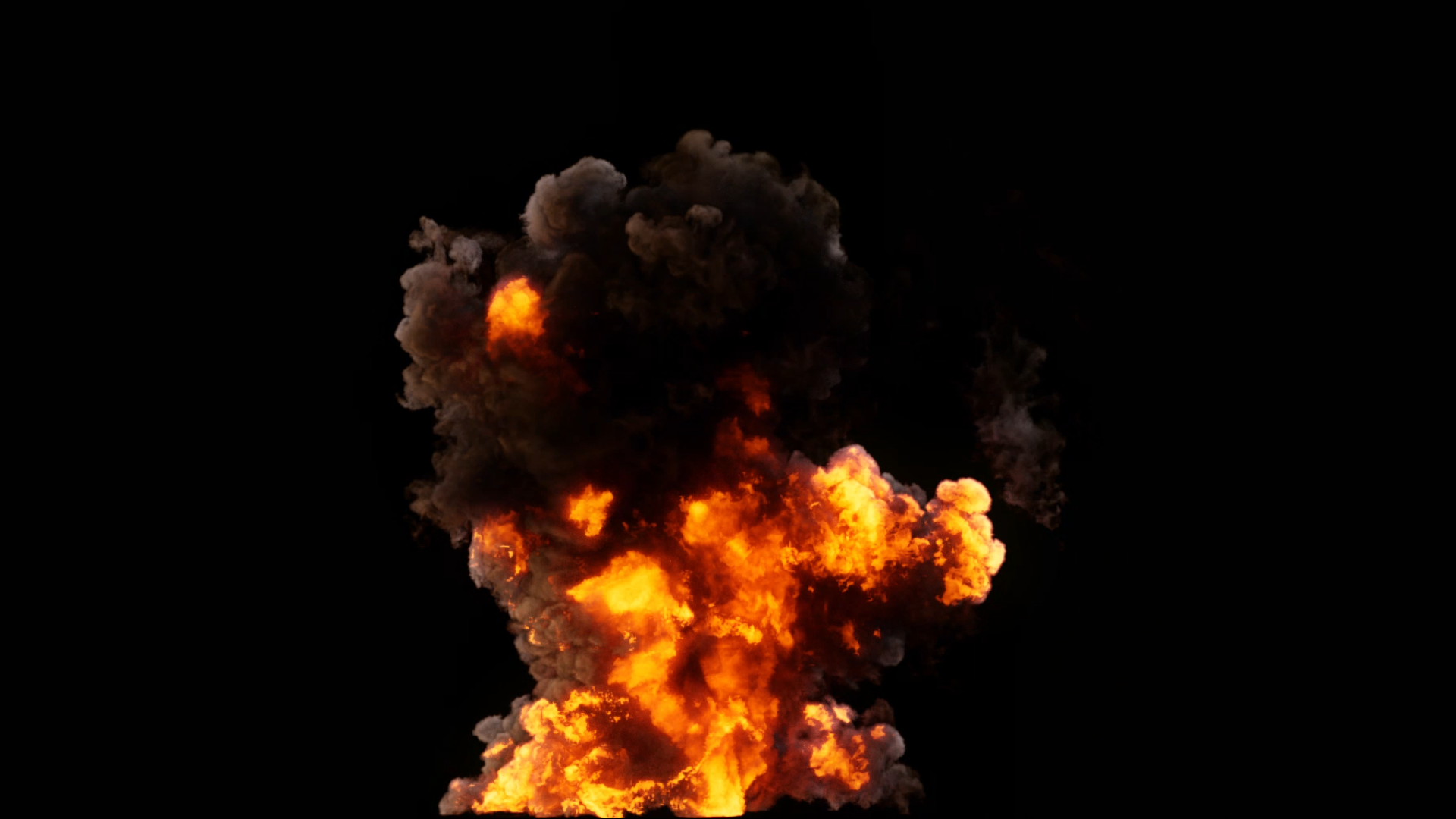Physics
Cloth Simulation¶
- Internal air pressure simulation, for example to simulation balloons. (f6cefbef22)
- Internal cloth springs for making cloth behave more like a soft body (62ef59aa0c)
Fluid Simulation¶
Mantaflow is the new physically-based fluid simulation framework in Blender for gas (smoke & fire) and liquid simulations. It completely replaces the existing fluid simulation systems and changes the way you work with fluids.

(Crossmind Studio)
Compatibility¶
Loading older files is only partly possible: The existing Fluid and Smoke modifiers have been deprecated. When loading older files that use such modifiers they will be converted to the new "Fluid" modifier which handles both smoke and liquids. All values in these converted modifiers will be set to the default value and need to be readjusted manually. It is recommended to keep a backup of old fluid & smoke simulation files since saving those files with Blender 2.82 will irreversibly override the modifier information.
General Changes¶
Simulation settings that apply to both gas and liquid simulations have been unified. Both fluid types now use the same UI for them.
Domain Settings¶
- Adaptive Time Stepping: Simulations can now also run in between frames (and not just per frame). Especially fluid-obstacle interactions become accurate through this setup. Users can specify how many simulation steps should run in between frames.
- More flexible control over domain collisions; each wall can now be enabled/disabled individually.
Flow Settings¶
- Flow behavior: "Type" and "Behavior" of fluids flows are now two separate fields.
- Sampling sub-steps: This feature has been synced with the adaptive time stepping setting from the domain options. I.e. sampling takes sub-simulations steps into account too.
- Initial velocities: It's now possible to set velocities based on normals and/or XYZ coordinates.
Effector Settings¶
Collision and the newly introduced "Guiding" objects both belong to the "Effector" fluid type. The objects are meant to affect the flow of the simulation, i.e. their presence in the fluid domain has an effect on the global velocity field.
- Effector type "Guide": Objects with a fluid modifier of this type are used to draw a velocity field. This will be used during the actual bake and affect the flow direction of the fluid.
Gas Simulations¶
While smoke & fire simulations have received a new simulation back-end the settings in the UI have remained mostly the same. Compared to the system from Blender 2.81 and before changes include:
- Split up low- and high-resolution simulation loops. The up scaled version of a smoke / fire simulation can now be baked separately in the "Noise" panel.
- Settings from the old smoke simulations might need differently scaled values in the new smoke system.
Liquid Simulations¶
Liquid simulation settings are completely new. The new (FLIP) solver does not make use of any of the older simulation settings.
- There are now three components that can be configured and baked individually in a liquid simulation: liquid particles, the mesh, and secondary particles.
- Each liquid simulation component has its own resolution. The liquid mesh, for example, can have twice the resolution as the underlying FLIP particle simulation.
- There are now three different types of secondary particles for liquid simulations: Spray, Foam, and Bubble.